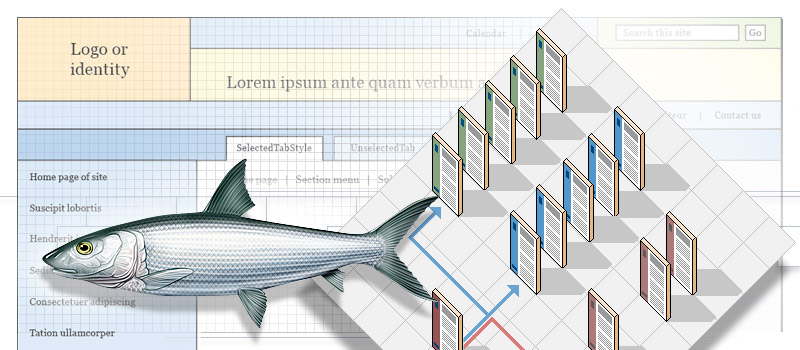- book contents
- chapter contents
- previous page
- next page
6 Page Structure
The experienced web designer, like the talented newspaper art director, accepts that many projects she works on will have headers and columns and footers. Her job is not to whine about emerging commonalities but to use them to create pages that are distinctive, natural, brand-appropriate, subtly memorable, and quietly but unmistakably engaging.
—Jeffrey Zeldman
Book design and print typography are ancient and well-respected design disciplines. Both have a long tradition of creativity within the tight boundaries of our expectations for the form of books, page layout, letterform design, typography, and the harmonious confluence of visual design and content that characterizes the best print design. These deeply creative and intellectually demanding crafts are not hobbled by the 950 pages of rules and conventions in The Chicago Manual of Style.
Book design, typography, and the larger world of print publishing are enabled by established conventions and standards for print publication. With “web standards” methods for building sites, with carefully validated and universally accessible xhtml and css, we now have excellent technical standards. Unfortunately we’re still in an awkward, adolescent stage for web publishing, editorial, and design standards, but clear patterns and user expectations are emerging from the chaos.
It may seem odd to start a chapter on “design” with a plea for standards, rules, and conventions, but often site projects founder in the design stage because the larger norms of traditional publishing, editorial standards, and institutional practices are ignored in the pursuit of graphic, technical, or interactive eccentricities. “Prefer the standard to the offbeat.” Take this timeless advice from William Strunk and E. B. White, and save your creative chops for the real work of developing interesting content.

- book contents
- chapter contents
- previous page
- next page









